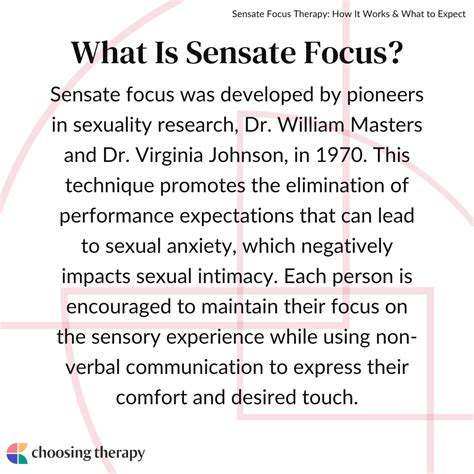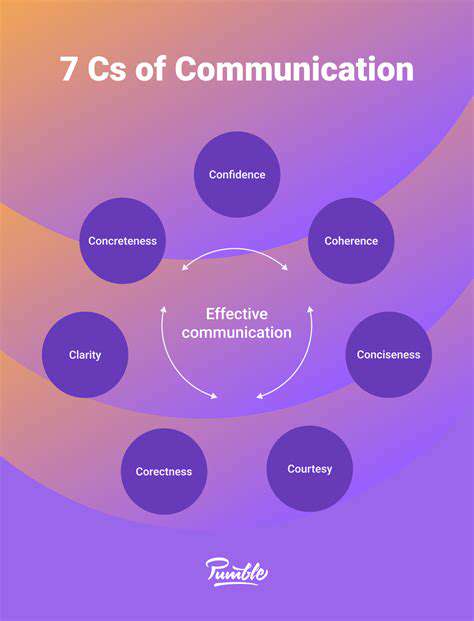Perimenopause Effects on Married Sex Life and Adaptation Tips
Catalog
Hot flashes disrupt sleep and intimacy during perimenopause.
Vaginal dryness causes discomfort, impacting sexual health.
Libido changes may strain relationships during this transition.
Open communication about emotions is vital for couples.
Alternative intimacy forms can maintain connection despite challenges.
Professional guidance can assist in navigating perimenopause dynamics.
Regular relationship check-ins enhance intimacy and understanding.
Self-care and a balanced diet improve overall well-being.
Common Perimenopause Symptoms Affecting Intimacy

Understanding the Physical Symptoms of Perimenopause
- Hot flashes and night sweats can disrupt sleep patterns.
- Vaginal dryness is a common symptom that affects sexual health.
- Changes in libido may lead to relationship strain.
For many women, perimenopause brings sudden waves of heat that leave sheets soaked and alarm clocks blinking through midnight hours. These nighttime interruptions don't just steal sleep - they chip away at the energy needed for morning cuddles or evening closeness. When partners start sleeping in separate rooms to escape the tossing and turning, emotional distance can creep in as quietly as dawn light through curtains.
Vaginal changes present another invisible barrier. What was once pleasurable might now feel like sandpaper friction. The North American Menopause Society's research reveals over half of women in this phase struggle with intimate discomfort, a statistic that echoes through countless quiet bedroom conversations. Yet many still hesitate to mention it, fearing it might sound like rejection rather than a biological reality.
Emotional and Psychological Effects on Intimacy
Hormonal shifts do more than alter body temperature - they rewrite emotional landscapes. Imagine wanting to feel close but snapping at a partner's touch instead. This emotional whiplash often leaves both partners confused and walking on eggshells, creating distance where connection should thrive.
Sexual desire fluctuations aren't about attraction fading. Picture a woman who once initiated intimacy now turning away not from her partner, but from her own unpredictable body. Some couples discover new pathways during this transition - trading rushed encounters for leisurely massages, finding that holding hands during evening walks sparks deeper bonds than bedtime routines ever did.
Communication: The Cornerstone of Connection
Understanding the Importance of Communication
Relationship experts compare good communication to oxygen for partnerships - invisible but essential. When hormonal changes make bodies feel foreign, words become lifelines. The Journal of Sexual Medicine notes 43% of women face intimacy challenges during this phase, often feeling isolated in experiences their partners struggle to comprehend.
Fostering a Supportive Environment
Creating safe spaces for vulnerable conversations requires more than good intentions. It's about turning off phones during morning coffee talks, resisting the urge to problem-solve when your partner shares fears, and remembering that I don't feel like myself lately often means I need your patience, not solutions.
Consider Sarah and Mark, who instituted Sunday sunset chats on their porch. What began as awkward silences about changing intimacy evolved into heartfelt discussions about aging, vulnerability, and rediscovering each other beyond sexual expectations.
Strategies for Effective Communication
Instead of You never initiate anymore, try I miss feeling close to you. This subtle shift transforms accusations into invitations. Some couples create intimacy menus - lists of non-sexual connection options for low-energy days, from foot rubs to shared podcast listening.
The Role of Professional Guidance
When DIY efforts stall, sex therapists become relationship translators. They help decode medical jargon into emotional understanding, teaching partners to separate biological changes from personal rejection. Recent studies show couples who seek help early navigate this transition 30% more smoothly.
Exploring Alternatives for Intimacy

Understanding the Impact of Perimenopause on Intimacy
Hormonal changes don't erase desire - they reshape it. Many women report craving emotional closeness more than physical stimulation during this phase. Shared adventures, like weekend gardening projects or cooking challenges, often spark unexpected connection.
Exploring Non-Physical Expressions of Intimacy
- Bubble baths with scented candles instead of bedroom encounters
- Writing love notes to leave in lunchboxes
- Creating playlists of songs from dating years
Maria and Tom found new spark in Tuesday night dance lessons. We laugh more now than we have in years, Maria shares. Sometimes stepping back from sexual expectations lets other forms of closeness blossom.
Addressing Physical Discomfort
Understanding Common Physical Discomforts
Night sweats aren't just inconvenient - they're intimacy thieves. One study tracked couples using wearable tech, finding partners of menopausal women lost 22 minutes of sleep nightly on average. This cumulative exhaustion becomes the third wheel in relationships.
Strategies for Relief
Cooling mattress pads and moisture-wicking pajamas can transform sleep environments. For vaginal dryness, quality lubricants become essential tools rather than embarrassing purchases. Many women find relief through hyaluronic acid moisturizers - the same ingredient in their skincare routine.
Open Communication with Partners
Lisa's story illustrates this well: When I finally showed Mike my collection of cooling sprays and vaginal creams, his response surprised me. 'Why didn't you tell me it was this hard?' Now he reminds me to apply moisturizer like he reminds me to take vitamins.
Keeping the Romance Alive
Understanding the Changes During Perimenopause
Date nights evolve during this phase. Instead of fancy dinners, couples might find connection in morning walks or volunteering together. The key isn't grand gestures, but consistent small efforts - like leaving encouraging notes or brewing each other's favorite tea.
Effective Communication with Your Partner
Create code words for tough moments. When Emily says red light, her husband knows she needs space without explanation. Green light signals readiness for connection. This system preserves dignity while maintaining understanding.
Utilizing Clinical Support and Therapies
Modern solutions range from low-dose vaginal estrogen to relationship apps that facilitate check-ins. Some couples attend menopause mixers - workshops where partners learn together while sipping hormone-balancing mocktails.
Read more about Perimenopause Effects on Married Sex Life and Adaptation Tips
Hot Recommendations
- AI for dynamic inventory rebalancing across locations
- Visibility for Cold Chain Management: Ensuring Product Integrity
- The Impact of AR/VR in Supply Chain Training and Simulation
- Natural Language Processing (NLP) for Supply Chain Communication and Documentation
- Risk Assessment: AI & Data Analytics for Supply Chain Vulnerability Identification
- Digital twin for simulating environmental impacts of transportation modes
- AI Powered Autonomous Mobile Robots: Enabling Smarter Warehouses
- Personalizing Logistics: How Supply Chain Technology Enhances Customer Experience
- Computer vision for optimizing packing efficiency
- Predictive analytics: Anticipating disruptions before they hit











